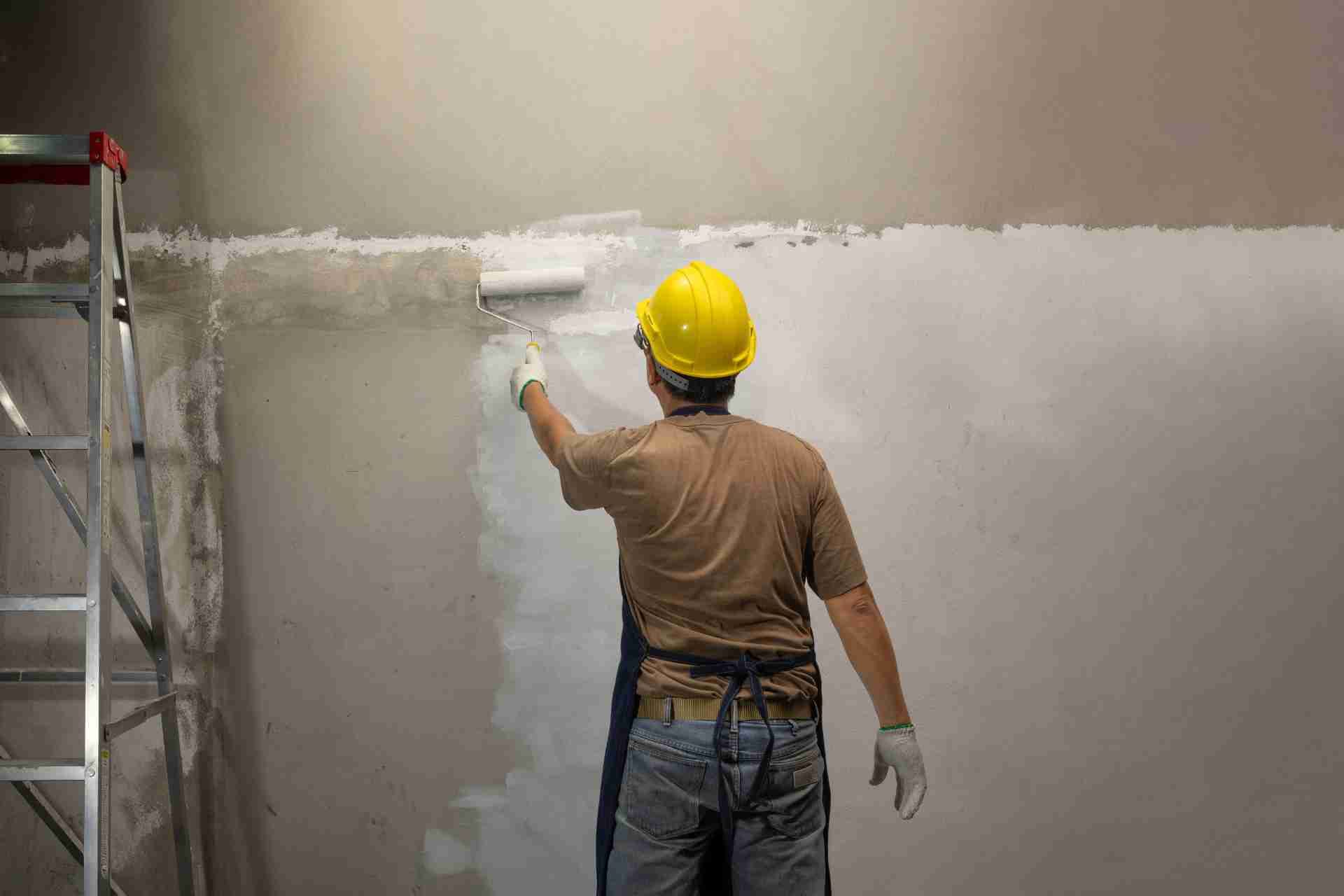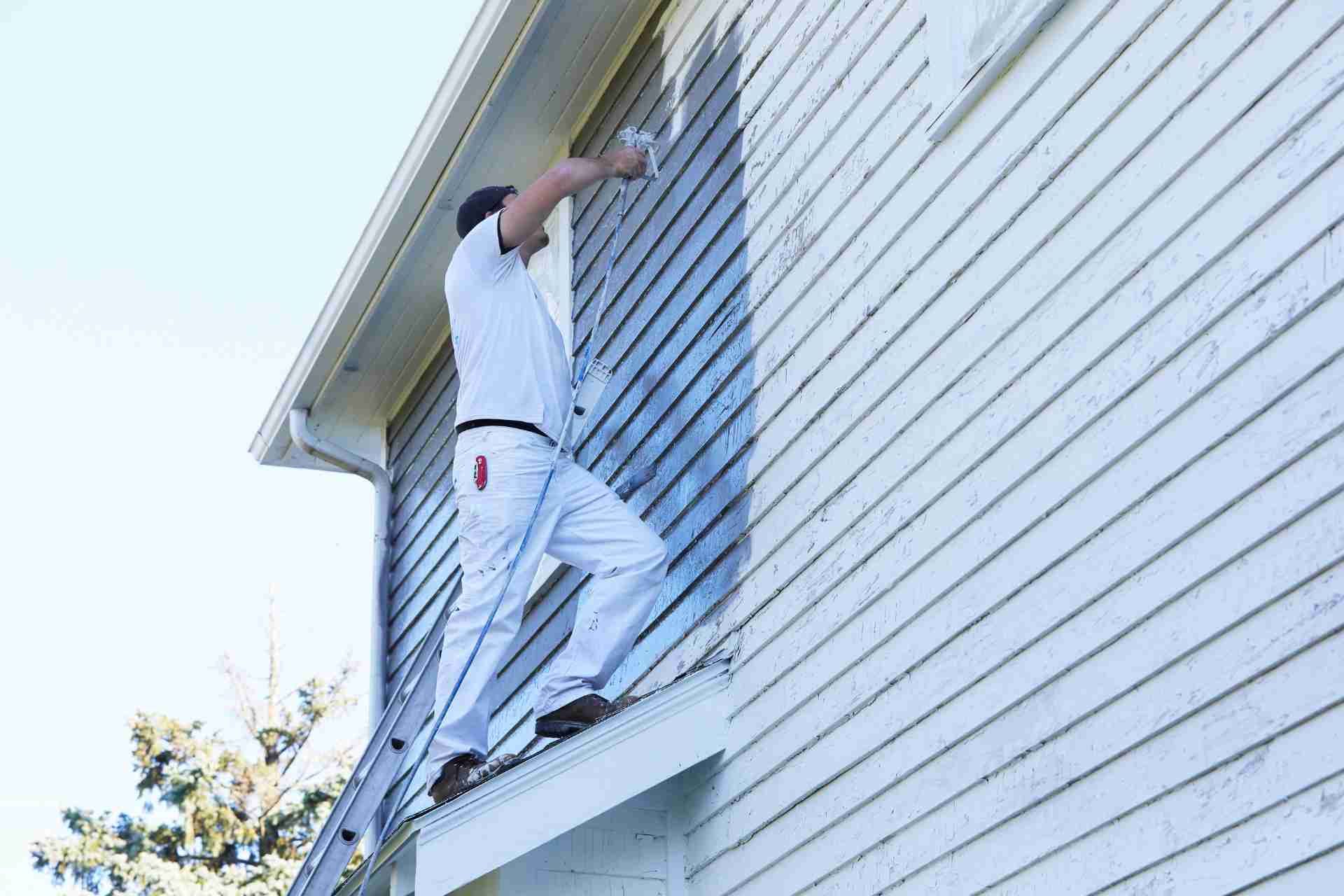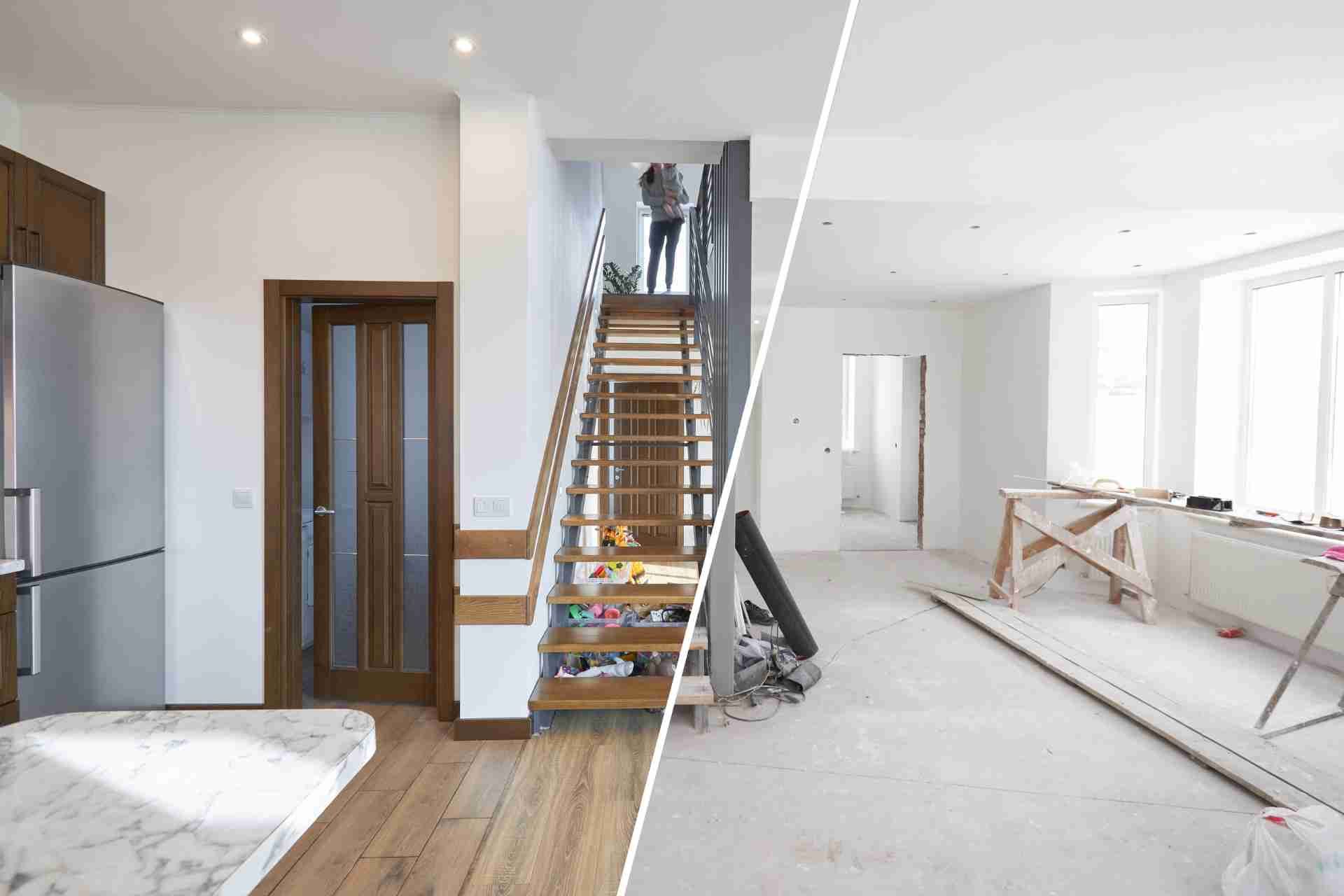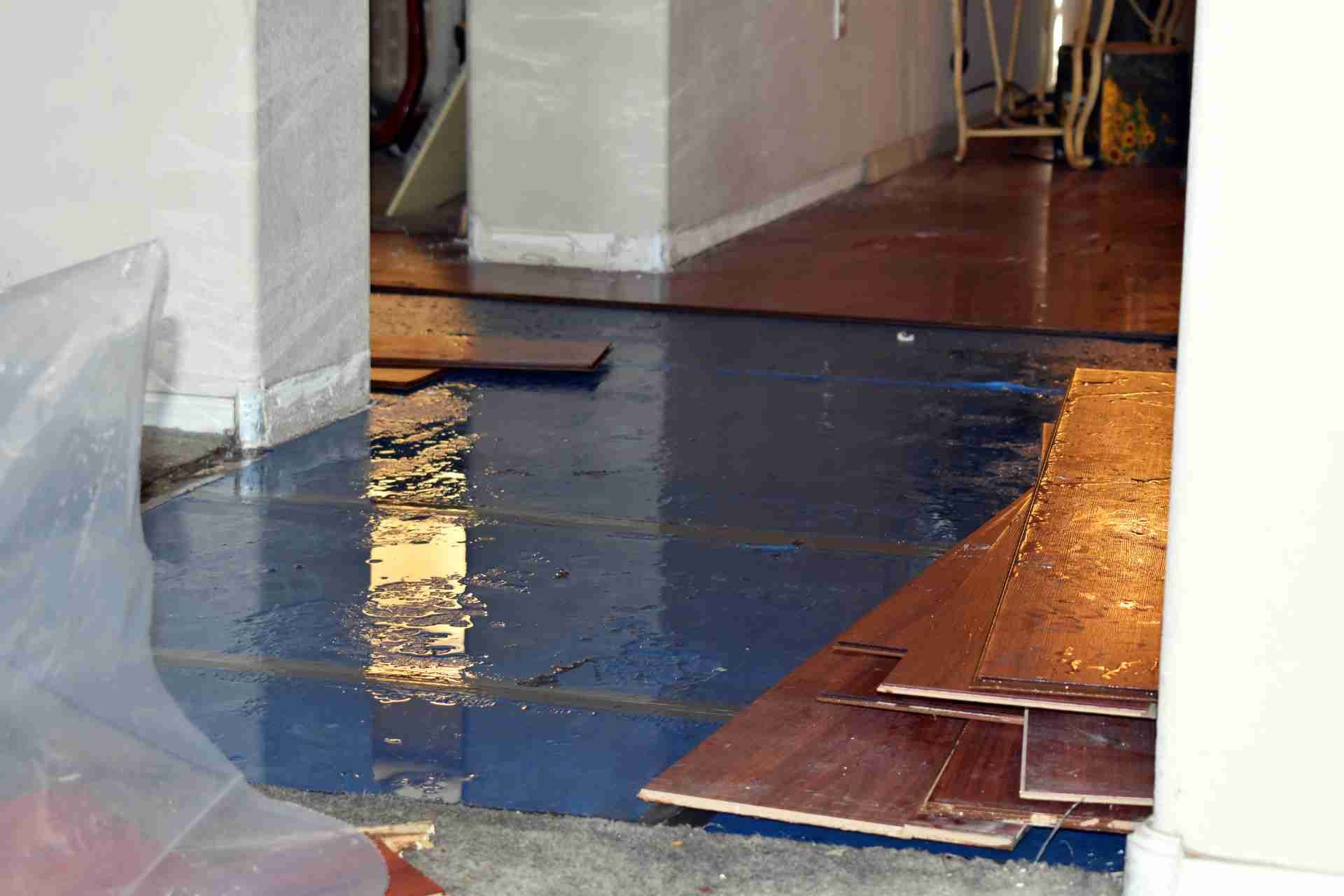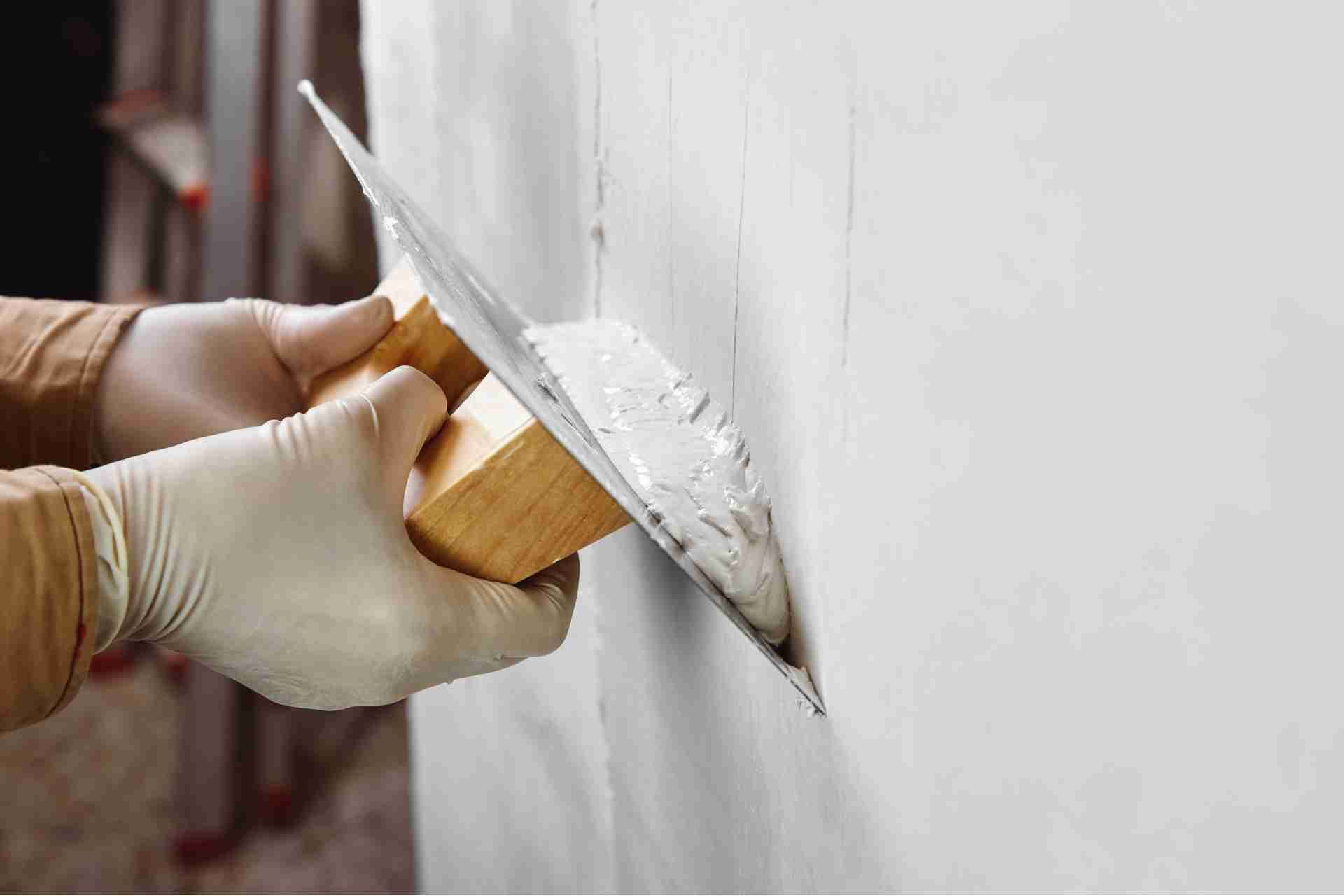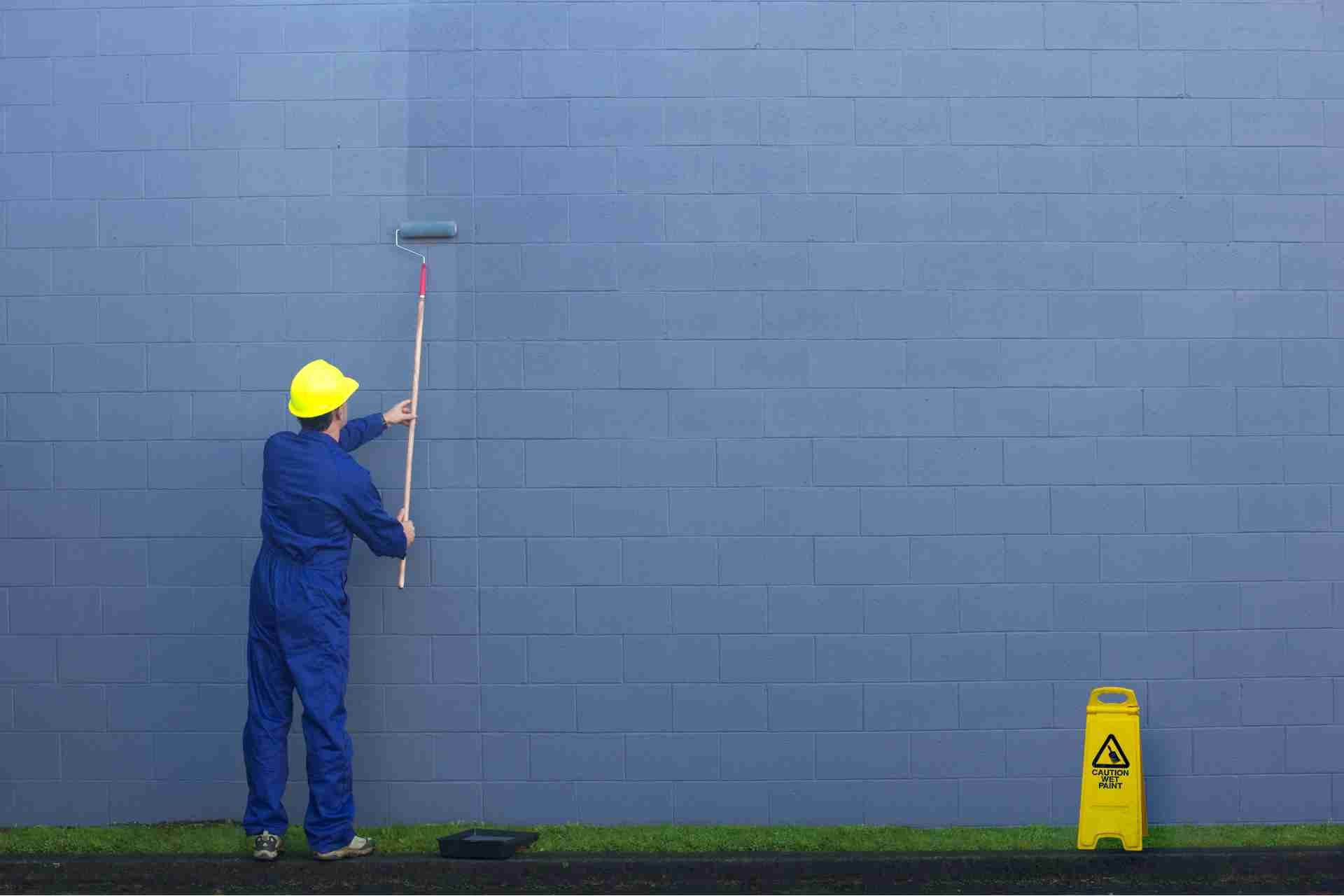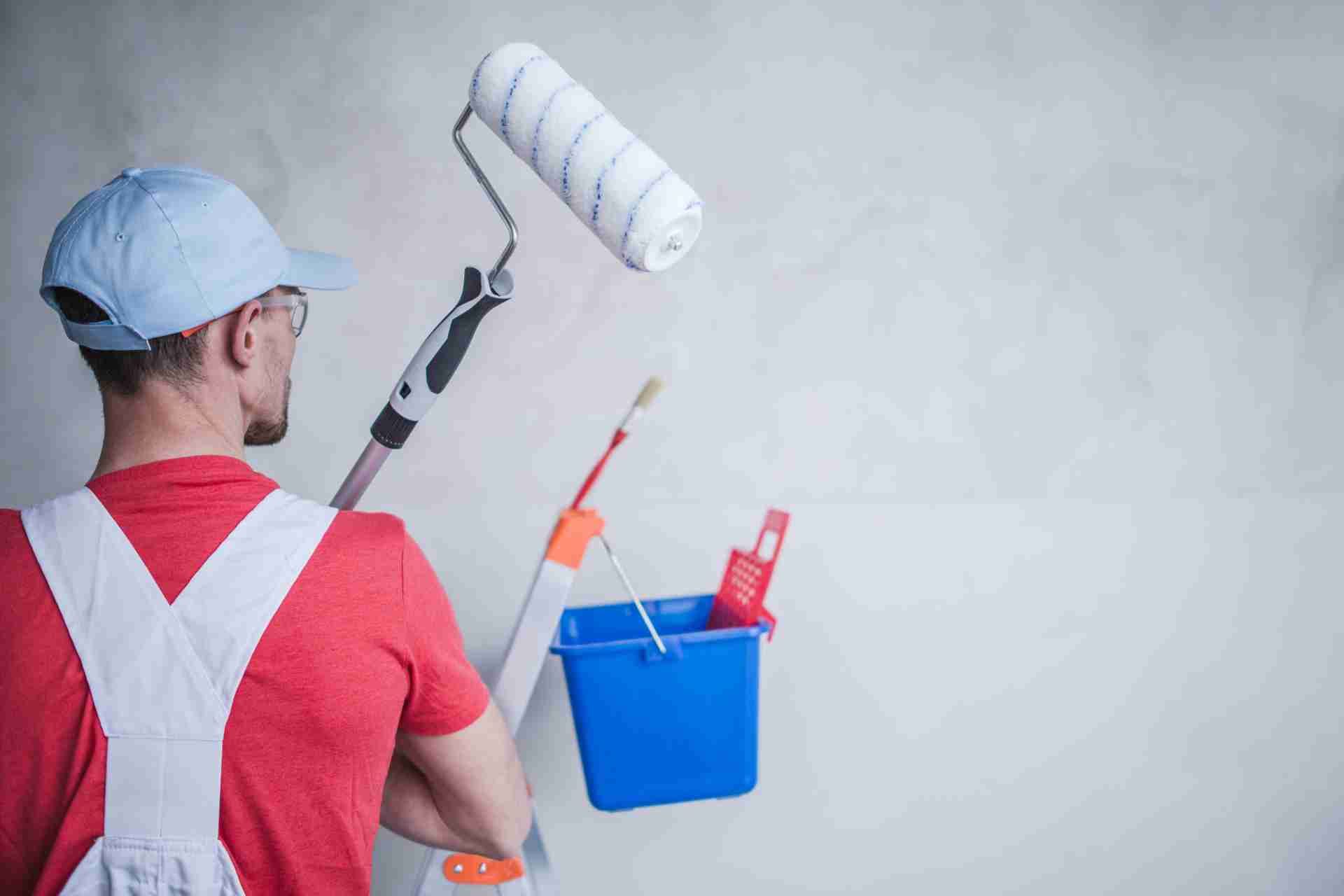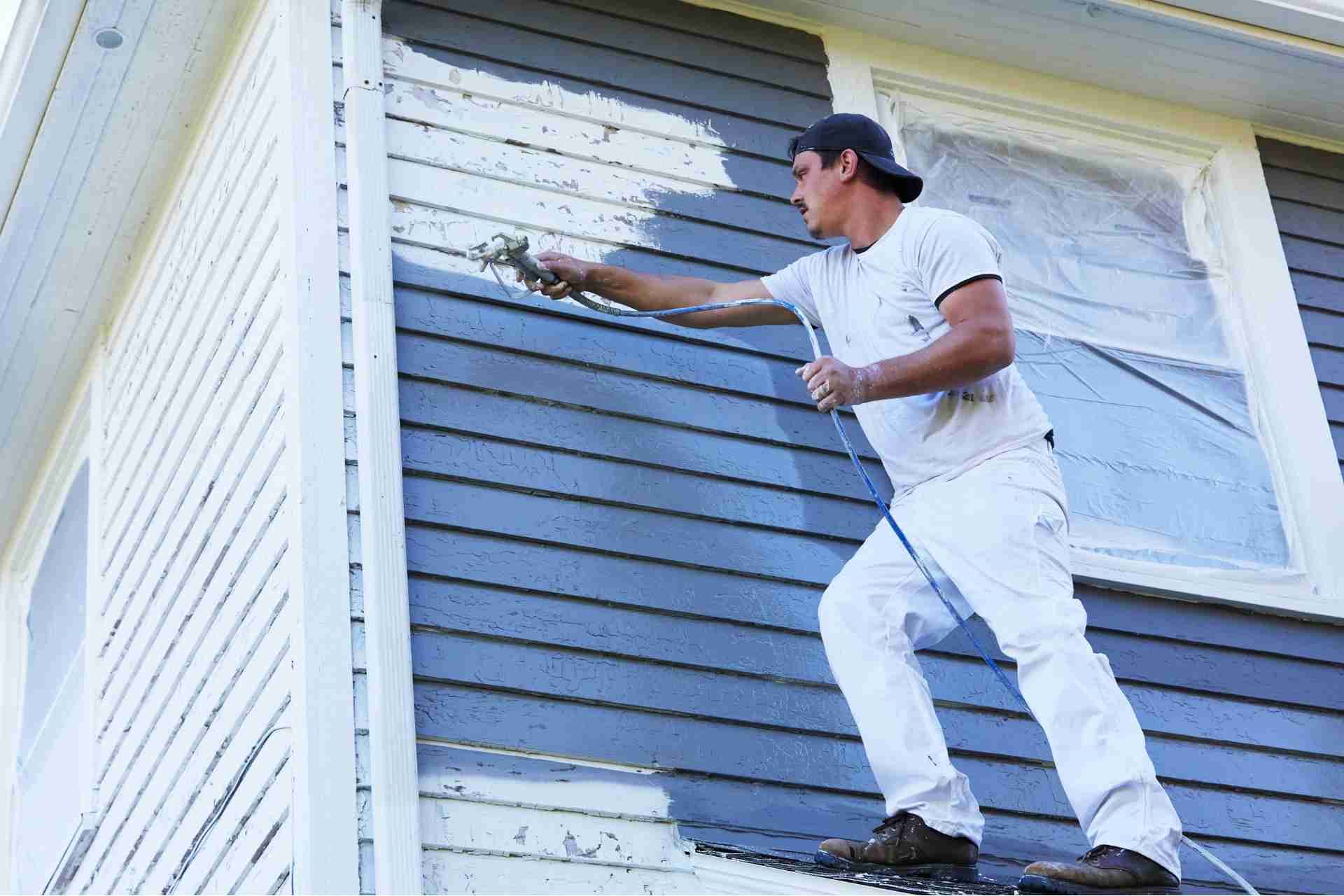The Cost of Painting a House

When it comes to painting your house, understanding the costs involved is crucial. Various factors can influence the final price, from paint type to labor costs. You might be surprised at how much these elements can add up. Whether you're considering a DIY approach or hiring professionals, knowing what to expect can help you make the best choice. Let's explore the key aspects that can impact your painting budget.
Understanding the Factors That Influence Painting Costs
When you're considering painting your house, several key factors can significantly impact the overall cost.
First, the type of paint you choose plays a crucial role; higher-quality paints generally come with a steeper price tag but can offer better durability and coverage.
Next, the condition of your existing surfaces matters; if repairs are needed, those costs will add up.
Additionally, the complexity of your home's architecture—like intricate trim or multiple stories—can also drive expenses higher.
Labor costs vary depending on your location and the experience of the painters.
Lastly, the season can influence pricing; painting during peak times may lead to higher quotes.
Understanding these factors will help you budget effectively for your painting project.
Estimating the Size of Your Home
Before you can accurately estimate the cost of painting your house, you need to determine its size. Start by measuring the exterior walls, including any gables and overhangs.
Don't forget to account for windows and doors, which reduce the total surface area to be painted. A quick way to calculate the square footage is to multiply the height by the width of each wall, then sum them up.
If your home has multiple stories, measure each level separately. Once you've got the total square footage, you'll have a clearer picture of how much paint you'll need.
This information is crucial for getting accurate quotes from painters and ensuring you stay within your budget.
Choosing the Right Type of Paint
Choosing the right type of paint is essential for achieving a lasting finish that enhances your home's curb appeal. Start by considering the surface you'll be painting. For wood, opt for a latex-based paint that offers flexibility and durability.
If you're painting metal, an oil-based paint can prevent rust and provide a smooth finish.
Next, think about the finish. A satin or semi-gloss finish is ideal for exteriors, as it withstands weather and is easier to clean.
Don't forget the color; lighter shades reflect heat, while darker tones absorb it.
Lastly, check for low-VOC options to ensure better air quality. With these factors in mind, you'll find the perfect paint to transform your home beautifully.
The Cost of Labor: DIY vs. Hiring Professionals
Selecting the right paint sets the stage for your project, but the next big decision lies in how you'll tackle the job: do it yourself or hire a professional?
If you choose to DIY, you'll save on labor costs, but consider the time and effort involved. You'll need to factor in your skill level and the tools required.
On the other hand, hiring professionals means you're paying for expertise and efficiency. They can typically complete the job faster and with a quality finish, but this option comes with a higher price tag.
Weigh your options carefully—if you're confident in your abilities and have time to spare, DIY might be the way to go. Otherwise, investing in professionals could save you stress in the long run.
Additional Supplies and Materials Needed
When tackling a painting project, you'll need more than just paint to achieve a polished look. First, gather brushes and rollers, as different surfaces require specific tools.
A quality painter's tape is essential for crisp lines and to protect surfaces. Don't forget drop cloths to shield your floors and furniture from spills. You'll also want a paint tray and liners to make your application smoother and more efficient.
If you're painting exteriors, consider a ladder for those hard-to-reach spots. Lastly, having a putty knife and spackle on hand will help you fix any imperfections before you start.
Investing in these additional supplies ensures your project runs smoothly and results in a professional finish.
Preparing Your Home for Painting
Preparing your home for painting is crucial to achieving a flawless finish, and it starts with a clean slate.
Begin by removing furniture and covering any remaining items with drop cloths to protect them from dust and paint splatters. Next, inspect your walls for imperfections; fill any cracks or holes and sand them smooth.
Don't forget to wash the surfaces to eliminate dirt and grease, ensuring proper paint adhesion. If you're painting the exterior, trim back any plants and ensure the area is clear.
Finally, tape off windows, doors, and any edges to achieve sharp lines. With these steps, you're setting the stage for a successful painting project that looks professional and lasts longer.
Understanding Paint Quality and Its Impact on Price
After you've properly prepared your home for painting, understanding the quality of the paint you choose can significantly affect both the outcome and your budget.
Higher-quality paints often contain better pigments and binders, leading to improved durability, color retention, and coverage. While it might be tempting to go for the cheapest option, low-quality paint can require multiple coats and may not withstand weather conditions, ultimately costing you more in the long run.
Additionally, premium paints often come with warranties and are easier to clean, saving you time and effort. Investing in quality paint now can enhance your home's appearance and longevity, making it a wise financial decision for your painting project.
Seasonal Considerations for Painting
How does the season affect your painting project? The time of year plays a significant role in the success of your exterior painting.
In spring and fall, temperatures are often mild, allowing paint to cure properly. Summer can be too hot, causing paint to dry too quickly, which may result in an uneven finish.
Winter usually brings cold temperatures that can halt your project completely, as most paints won't adhere well in freezing conditions.
Additionally, rain and humidity can impact drying times, especially in spring and summer. You'll want to check forecasts and plan your painting days accordingly to ensure optimal conditions.
Timing your project with the seasons can save you time and enhance the quality of your work.
Budgeting for Unexpected Expenses
Even with the best plans in place for your painting project, unexpected expenses can arise. It's crucial to budget for these surprises to avoid financial stress.
Set aside at least 10-15% of your total project cost as a contingency fund. This buffer can cover anything from additional paint needed due to unforeseen repairs to equipment rental or labor costs if the job takes longer than expected.
Keep in mind that hidden issues like mold or water damage can also surface, necessitating immediate attention. By planning for these possibilities, you'll ensure your painting project runs smoothly and stays within budget.
Conclusion
In conclusion, painting your house involves several factors that can impact your budget. By understanding the size of your home, selecting the right paint, and weighing the pros and cons of DIY versus hiring professionals, you can make informed choices. Don't forget to factor in additional supplies and potential unexpected costs. With careful planning, you can achieve a beautiful finish without breaking the bank. Happy painting!

